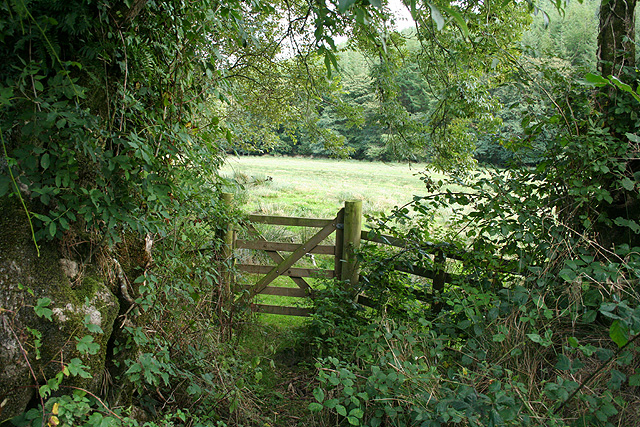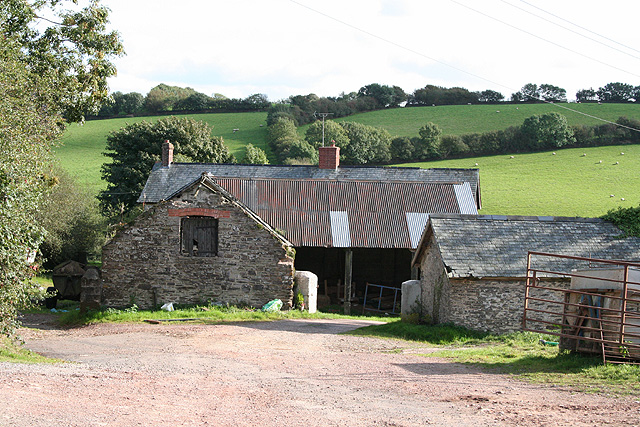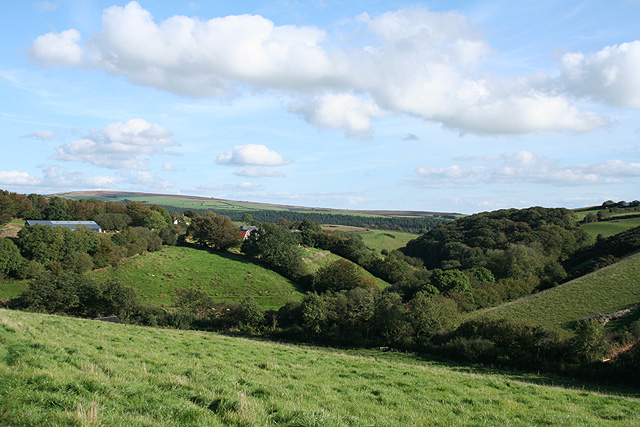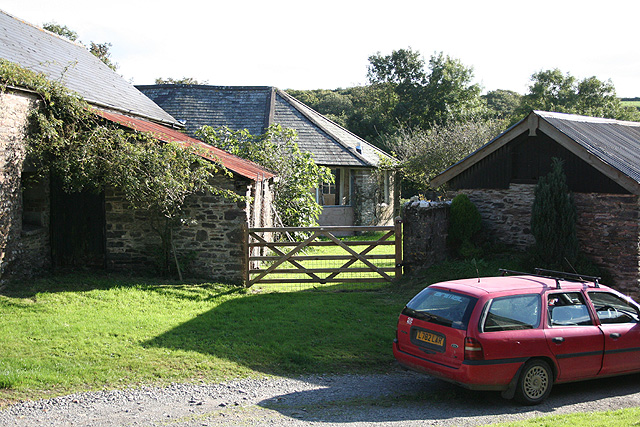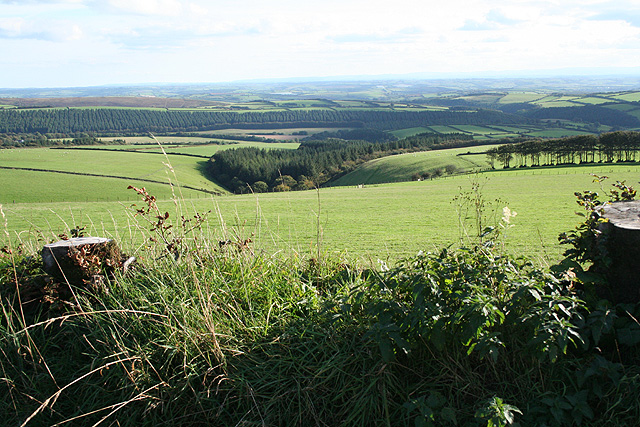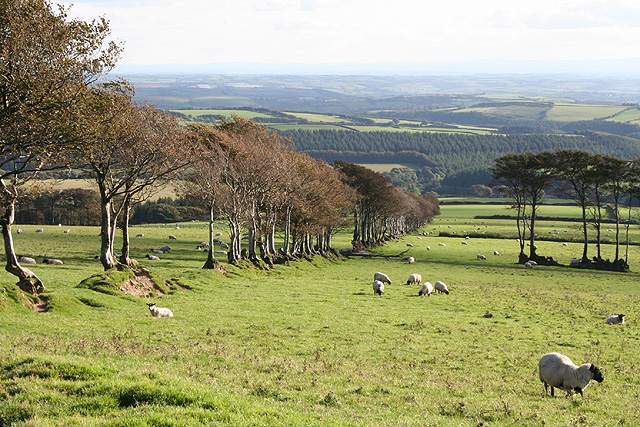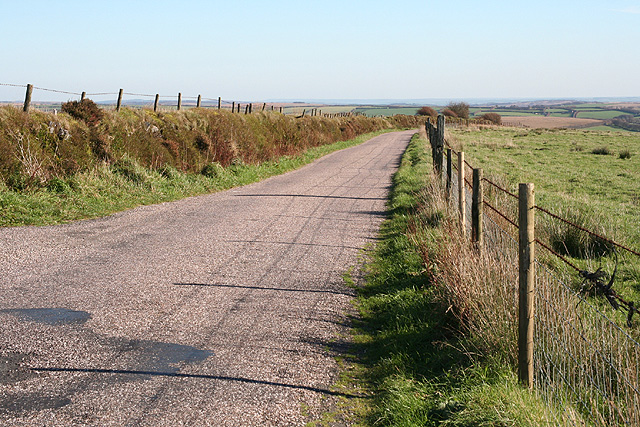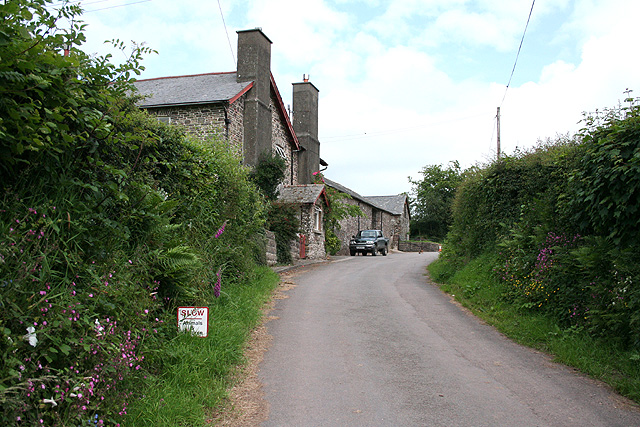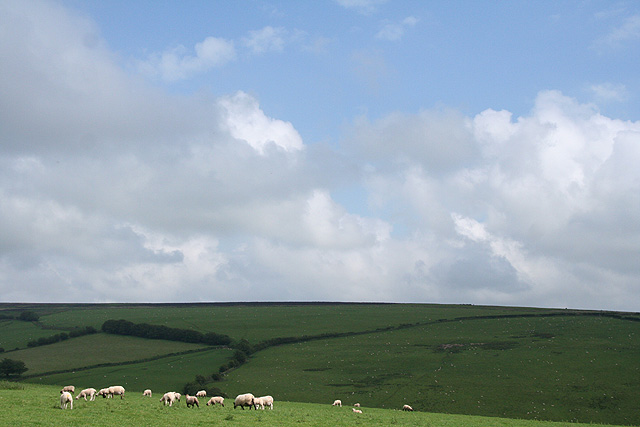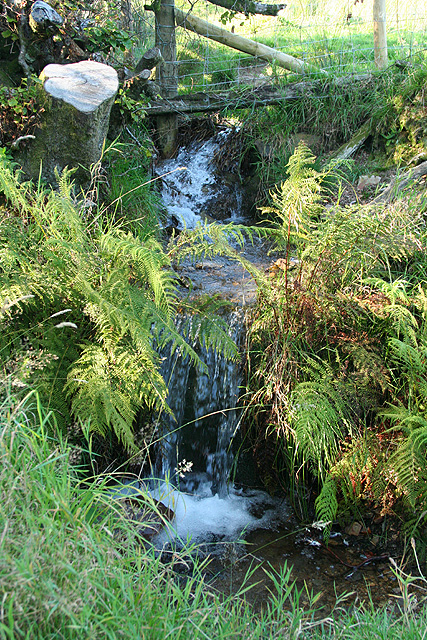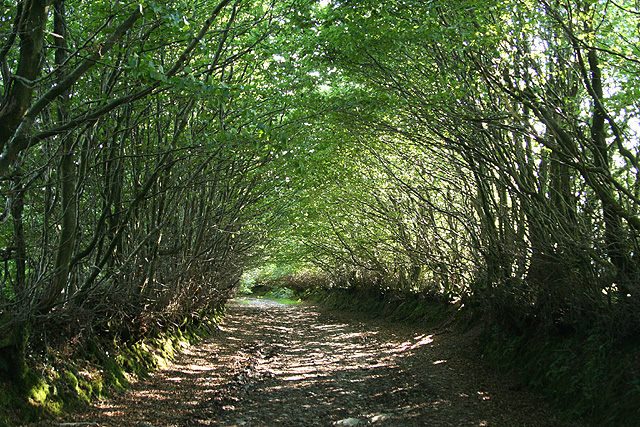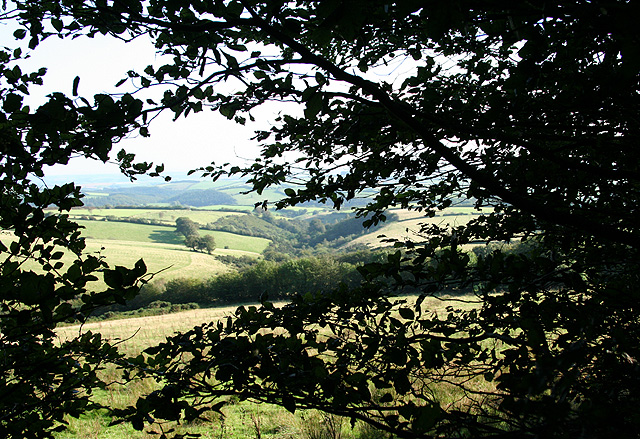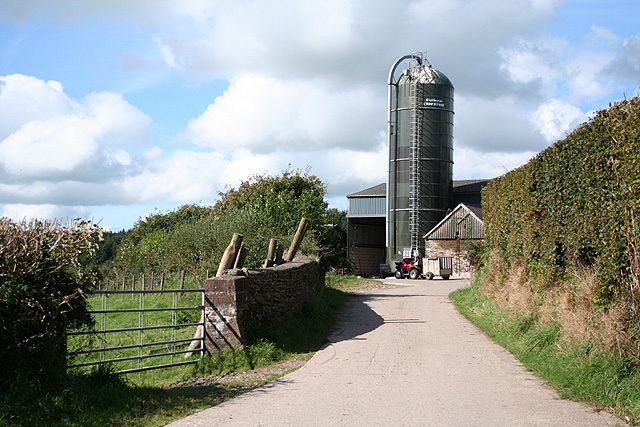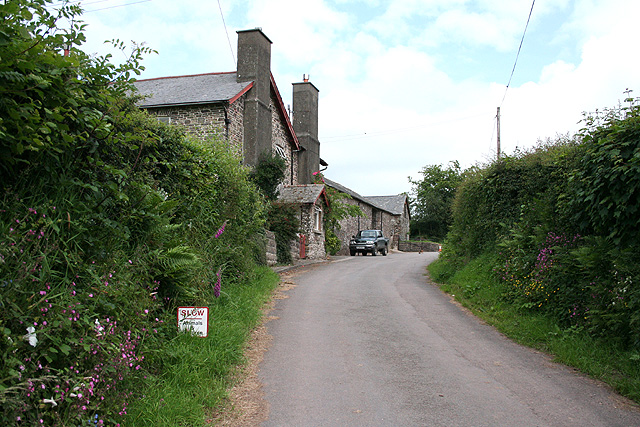Fyldon Wood
Wood, Forest in Devon North Devon
England
Fyldon Wood
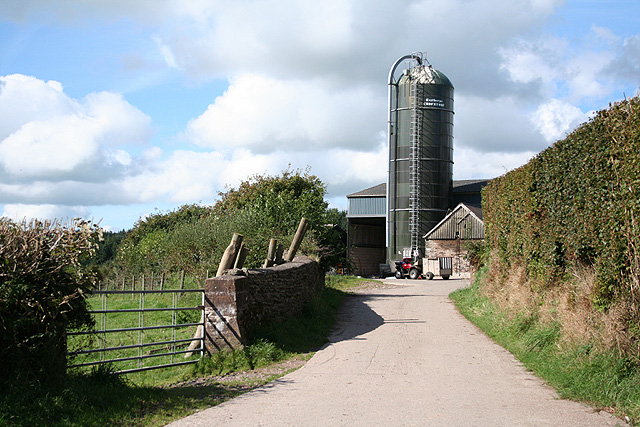
Fyldon Wood is a picturesque woodland located in the county of Devon, England. Situated near the small village of Fyldon, the wood covers an area of approximately 50 acres and is a popular destination for nature enthusiasts, hikers, and wildlife photographers.
The wood is predominantly made up of native broadleaf trees, including oak, beech, and birch, which provide a rich habitat for a diverse range of flora and fauna. The forest floor is carpeted with bluebells during the spring season, creating a vibrant and enchanting atmosphere.
There are several well-maintained walking trails that crisscross through the wood, allowing visitors to explore its beauty at their own pace. These trails offer stunning views of the surrounding countryside and provide opportunities for birdwatching, as the wood is home to a variety of bird species such as woodpeckers, tawny owls, and jays.
Fyldon Wood is also known for its rich history, with evidence of human activity dating back to the Bronze Age. Archaeological remains, including ancient burial mounds and stone circles, can be found within the wood, adding an element of intrigue and fascination for history enthusiasts.
The wood is managed by a local conservation organization, which ensures its preservation and protection. Visitors are encouraged to follow the designated paths and respect the natural environment, leaving no trace of their visit.
In summary, Fyldon Wood is a captivating and well-preserved woodland in Devon, offering visitors a tranquil escape into nature and a glimpse into the region's ancient history.
If you have any feedback on the listing, please let us know in the comments section below.
Fyldon Wood Images
Images are sourced within 2km of 51.096288/-3.7945795 or Grid Reference SS7434. Thanks to Geograph Open Source API. All images are credited.
![North Molton: Bampfylde Mine The mine was worked for copper in the 18th and 19th centuries. Seven waterwheels were on site in 1868, powered by more than one leat; these were used for pumping the mine and crushing and dressing the ores. Looking south east. [For more information see ‘Exmoor’s Industrial Archaeology’, edited by Michael Atkinson, Exmoor Press, 1997]](https://s0.geograph.org.uk/photos/24/88/248832_43382e3f.jpg)
Fyldon Wood is located at Grid Ref: SS7434 (Lat: 51.096288, Lng: -3.7945795)
Administrative County: Devon
District: North Devon
Police Authority: Devon and Cornwall
What 3 Words
///shortage.observes.porridge. Near South Molton, Devon
Nearby Locations
Related Wikis
North Radworthy
North Radworthy is a hamlet and historic estate in the civil parish and former manor of North Molton, in the North Devon district of the county of Devon...
Bentwitchen
Bentwitchen is a hamlet in Devon, England. == References ==
South Radworthy
South Radworthy is a hamlet in the civil parish of North Molton, in the North Devon District of the county of Devon, England. It is about three miles to...
North Molton
North Molton is a village, parish and former manor in North Devon, England. The population of the parish in 2001 was 1,047, decreasing to 721 in the 2011...
Have you been to Fyldon Wood?
Leave your review of Fyldon Wood below (or comments, questions and feedback).
